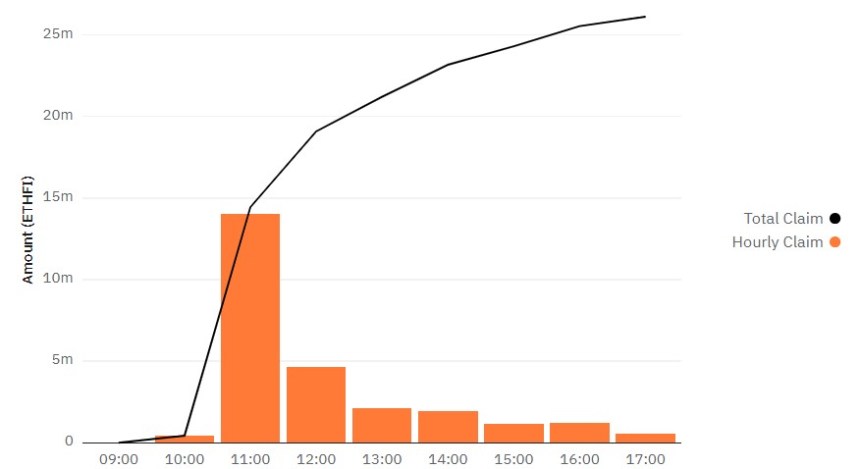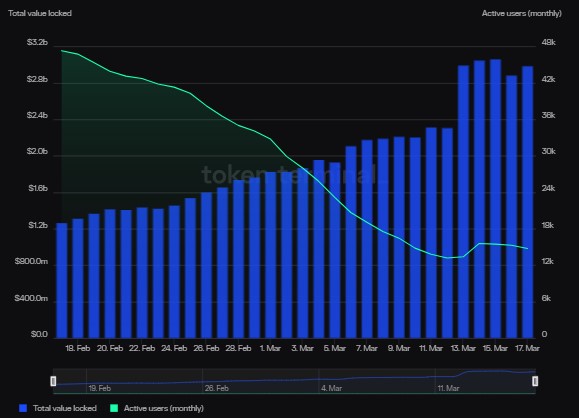Restaking protocol EigenLayer has unveiled its highly anticipated airdrop season, during which eligible users can claim a portion of the initial EIGEN token supply.
EigenLayer Sets September 2024 Deadline
The protocol’s announcement on Friday revealed that “Season 1” commences with 6.05% of the total supply, which users can claim starting on May 10.
Moreover, “Season 1 phase 2,” set to begin mid-June, will increase the claimable percentage to 6.75%. Season 1 will distribute approximately 113 million EIGEN tokens to participants. EigenLayer has reserved 15% of the initial token supply for the community across all seasons, signaling its commitment to inclusive participation.
EigenLayer has also announced that EIGEN tokens are currently non-transferable. However, the protocol plans to unlock token transfers once new features are launched and “further decentralization” is achieved.
These developments are expected to take place by September 30th, 2024. Until transfer restrictions are removed, core contributors and investors will not receive EIGEN staking rewards, and no inflation will occur.
Record-Breaking $14 Billion In Assets
Since its soft launch in 2023, EigenLayer has reportedly attracted $14 billion in assets, making it a prominent player in the decentralized finance (DeFi) space.
According to Bloomberg, the protocol’s restaking service offers amplified returns by leveraging the process of depositing ETH coins to support the Ethereum blockchain. Eigen Labs, the Seattle-based firm behind EigenLayer, raised approximately $165 million from notable backers, including a16z Crypto.
Investors gain access to EigenDA by staking EIGEN, a performance data availability system supporting Ethereum rollups. The protocol claims this presents an opportunity for users to secure amplified returns.
Additionally, EigenLayer will shortly introduce compatibility with various AVSs (Application-Specific Verification Systems), offering stakers more options.
Nonetheless, virtual private network users and residents of countries such as the US, Canada, and China have been excluded from the airdrop, highlighting the challenges of operating within regulatory frameworks and ensuring compliance. Eigen Foundation’s executive director, Robert Drost, acknowledged the complexities of navigating regulatory guidelines:
It’s not possible to operate in the space without following regulatory guidelines and being responsible, and the challenging part is that there is not a lot of clarity.
Despite these setbacks, EigenLayer’s popularity has positioned it as the second most popular DeFi application, surpassing liquid staking platforms like Lido and Rocket Pool.
While liquid staking provides easier access to staking rewards and leads the DeFi category, it has experienced significant outflows in recent months. DefiLlama data indicates a 27% decline in total value locked in liquid staking protocols since their peak of $63 billion in March. EigenLayer’s restaking service has contributed to the restaking of nearly 4% of all ETH.
The second largest cryptocurrency on the market, Ethereum, is trading at $2,890, following Bitcoin’s lead with a 3.8% drop in the past 24 hours.
Featured image from Shutterstock, chart from TradingView.com


 There is no need to claim this airdrop. Do not interact with any site asking you to do so.
There is no need to claim this airdrop. Do not interact with any site asking you to do so. 
 _
_